In this day and age, we’re so used to all kinds of products, including home goods, coming from overseas. But one of the materials we already have in America in abundance, and don't need to import? High quality lumber.
As a custom door specialist builder, American lumber species have always been the most popular. But if you don’t know a lot about wood (and as a homeowner, why would you?) you may feel overwhelmed by all the different options. There’s more to wood than just color and grain pattern—they all have their own strength, hardness, and weathering characteristics that impact where and how to use them.
Fortunately our domestic lumber stock offers so much variety that there’s something for everyone. From rustic barn doors to stately carriage doors to modern entry doors, you don't have to sail the seven seas (metaphorically) to find a worthy choice. Whether you’re looking for a stylish option on a budget, or searching for elevated luxury, you can find a domestic wood species to make your design dreams come true.
Advantages of American Wood

Price
The price of almost all domestic woods is lower than exotic imports. Even higher-end domestic species like Black Walnut are more cost-effective than something like Wenge or Zebrawood. The cost savings come primarily from the fact that these woods don’t have to cross international borders or oceans to get to us. Plus, domestic lumber is not subject to the same level of unpredictable price increases as scarcer imports.
Sustainability
Transporting lumber is energy-intensive. But because these species don’t have to travel great distances to get to us, they’re more sustainable than imports, with a lower carbon footprint.
Availability
Many imports are subject to all kinds of international trade restrictions. This makes some wood species hard to source consistently. But domestic lumber is more readily available and not subject to the same supply chain slowdowns as imports. So you can rest assured that domestic woods whose populations are in good ecological health will be easy to find.
Compatibility
When it comes to exterior applications (such as entry doors, decking, and siding) the local weather conditions impact how wood behaves and ages. This is because wood is a natural material that expands and contracts slightly from moisture and temperature changes. When you use wood that’s from your region, or a region similar to you, it’s already well-suited to local weather conditions. It’s right at home! This means that it will look better as it ages and be more resilient to seasonal changes.
Our American Wood Species
Black Walnut

To us, Black Walnut is the ultimate premier American hardwood. In other words, the best of the best. It’s strong but workable, and its rich brown color gives it a luxurious, classic look. Black Walnut can be knotty or clear, and some boards have blonde streaks running through them which give a stunning contrast.
White Oak

Another premium option is White Oak, used for centuries in ship building because of its unique water resistant properties. It has great strength and a range of grain patterns available. These are the three we use:
Plain Sawn: (also seen above) The standard method of cutting wood creates what’s known as a “cathedral” pattern on the wood.

Knotty: We select plain sawn boards with knots for a rustic look.

Quarter Sawn: Quarter sawn is when the tree’s growth rings intersect the face of the board at a 60 to 90 degree angle. In White Oak, this gives the grain a straighter appearance while revealing distinctive flecks or rays that run across the grain direction. 
Western Red Cedar

With its variegated appearance and unique weathering properties, Western Red Cedar (which we also offer as Tight Knot Cedar) is a go-to throughout the Mountain West. It is very durable to decay because it has organic compounds that are repellent to microorganisms. It’s often used for fencing here in the Pacific Northwest because it holds up so well to moisture. And it has dramatic color differences between heartwood and softwood, which makes it eye-catching and unique. Because it’s very lightweight and lower in density, we recommend it for very large applications, such as carriage doors or pivot doors, to make them easier to operate. Seen here as our best-selling Pacifica door design.
Hickory

This hardwood grows throughout the Eastern United States. It’s renowned for its hardness, commonly used for flooring, ladders, or other applications where shock resistance really counts. We use boards with contrasting darker heartwood and lighter sapwood known as Calico Hickory.
Cherry

The cherry tree used for wood is not the same one as where we get the cherries we eat. Black Cherry grows throughout the Eastern United States, with a classic reddish brown color that darkens as it ages. Cherry is another premier American hardwood used for cabinets, fine furniture and countertops. If you’re after the rich auburn color of an import like Sapele or Rosewood, you can enhance the color of Cherry wood with a pigmented stain, as seen below:

Ash

We use American Ash, which has a similar range as Hickory and Cherry throughout the Eastern United States. It has a “flame” like grain pattern and when it’s stained, it looks similar to Oak—but it’s priced more accessibly.
Knotty Alder

Knotty Alder is our name for Red Alder, a tree that grows in great abundance throughout the Pacific Northwest. With many knots and a golden brown color, it has rustic charm in spades. It’s one of our most accessibly priced options and it responds well to stains, so you can mimic the feeling of Black Walnut or Cherry with the right stain color.
Maple

Maple is the lightest wood we offer in terms of color, making it ideal for minimalist spaces. But it’s also versatile, used for everything from wood countertops to musical instruments to flooring. We use hard maple, also known as Sugar Maple, because it’s the hardest and strongest type of Maple available.
Are there any domestic wood species not recommended for doors?
If you have a project with a specific wood species in mind that we don't carry, we can work with you to source it. But we don't use woods like Poplar. It’s a fine utility lumber used for things like crates and plywood, but it doesn’t warrant use for solid wood doors or home accents. We also don’t use any varieties of Pine for the same reason. All our doors are made with solid wood, and we never use veneers. So we stick to wood species that look beautiful by themselves—no need to cover them up with veneers or paint.

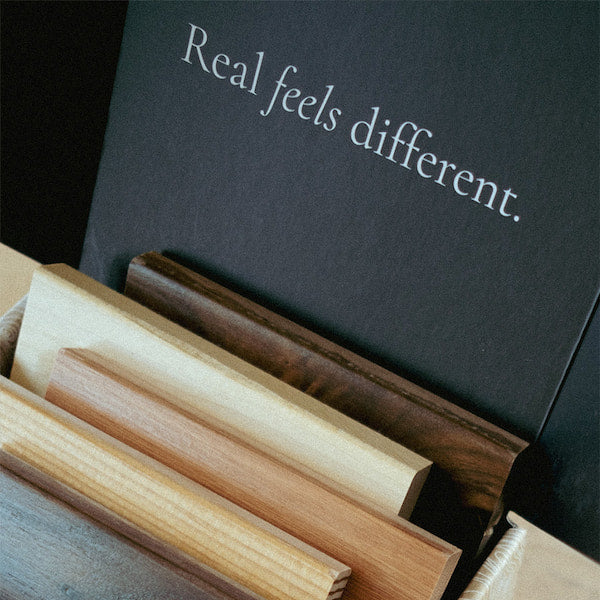
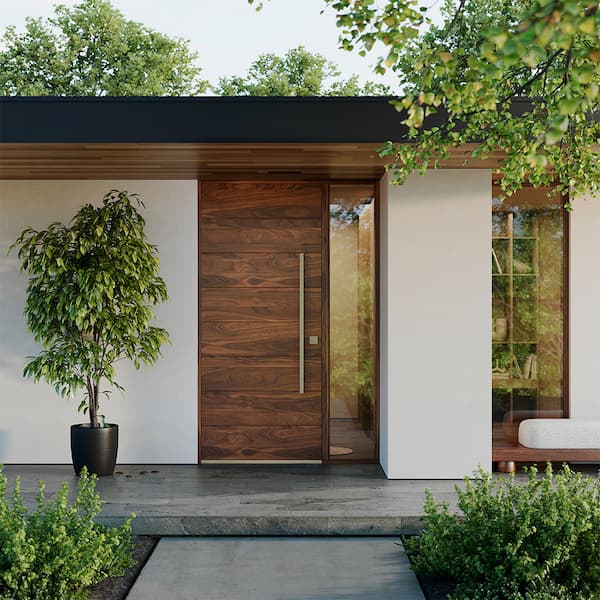


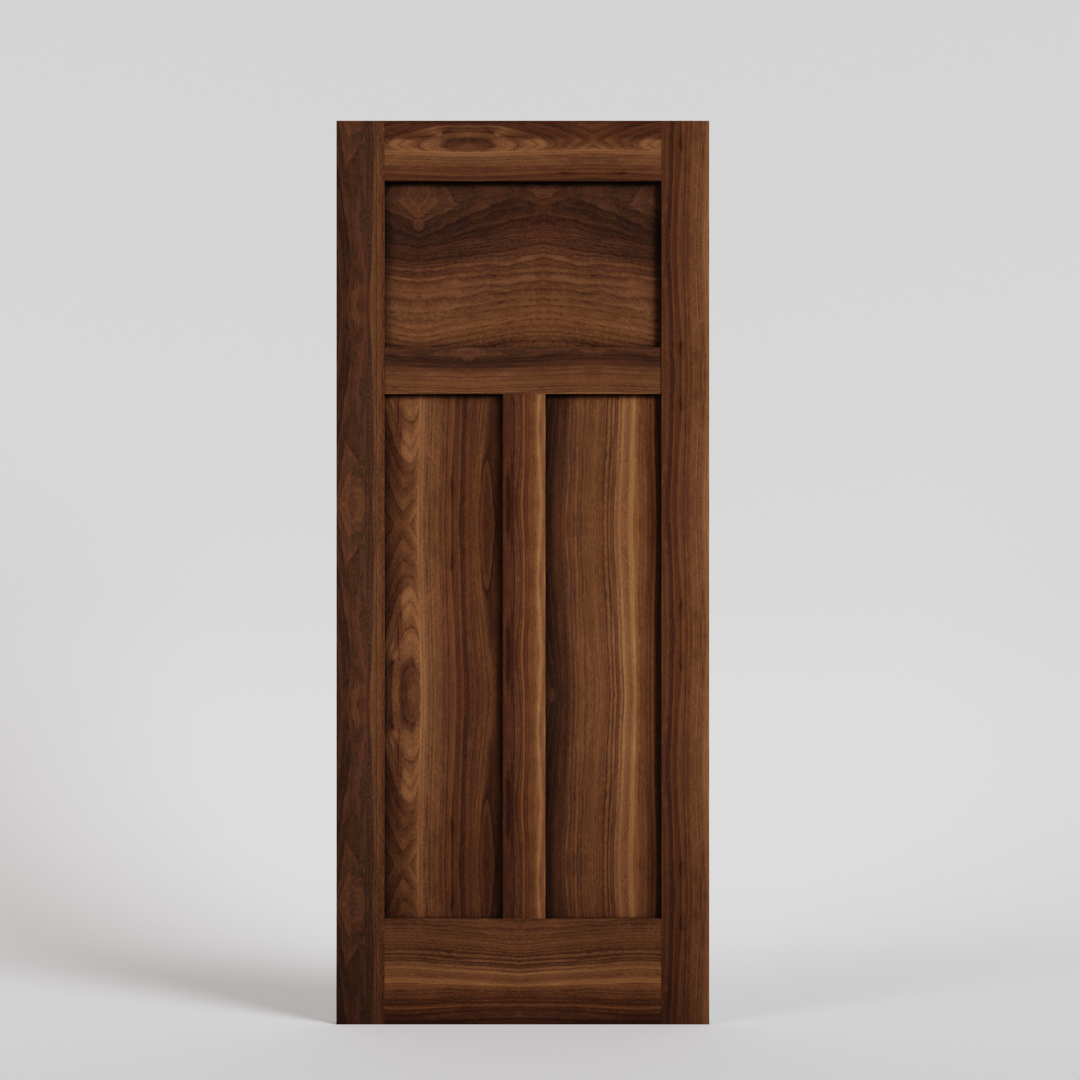
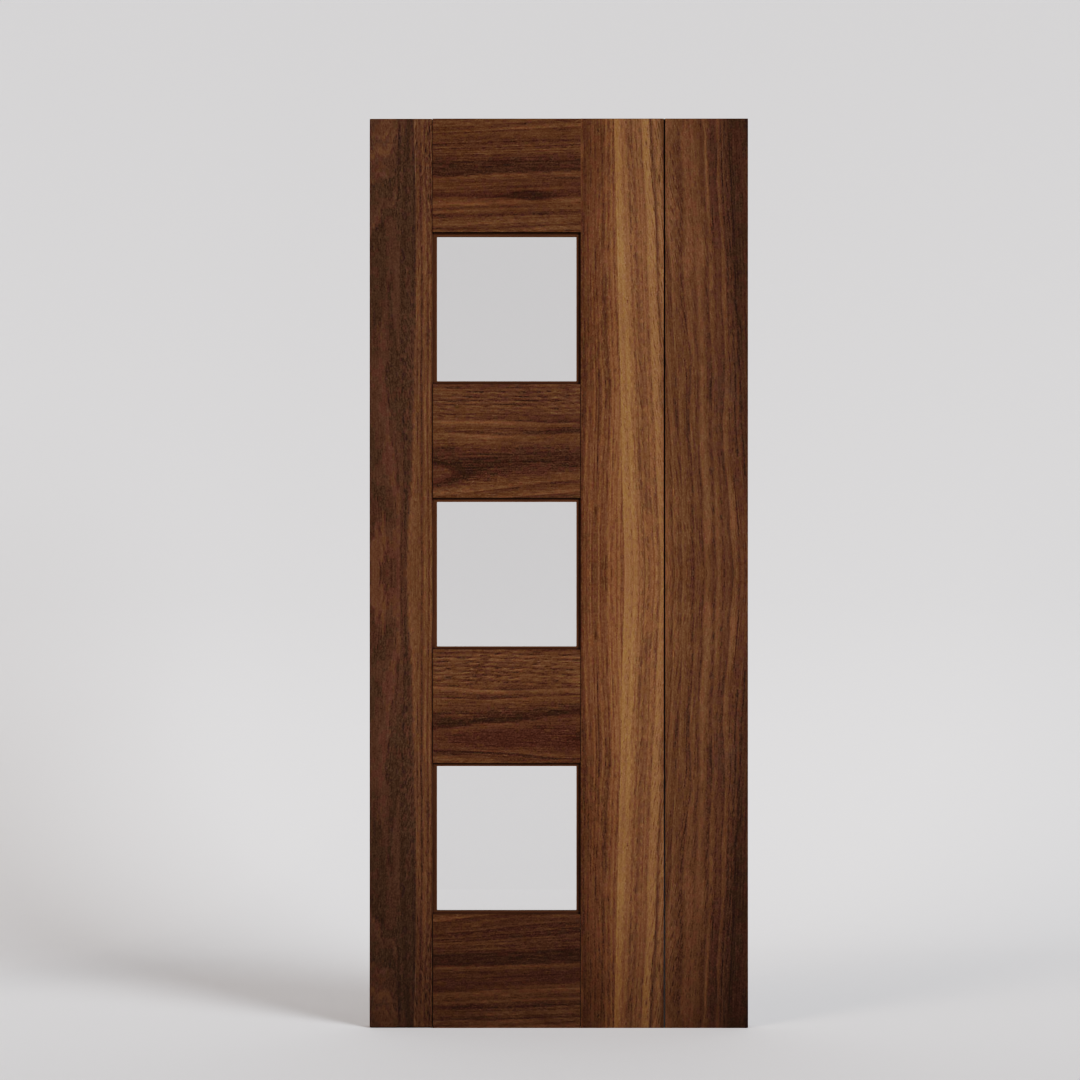
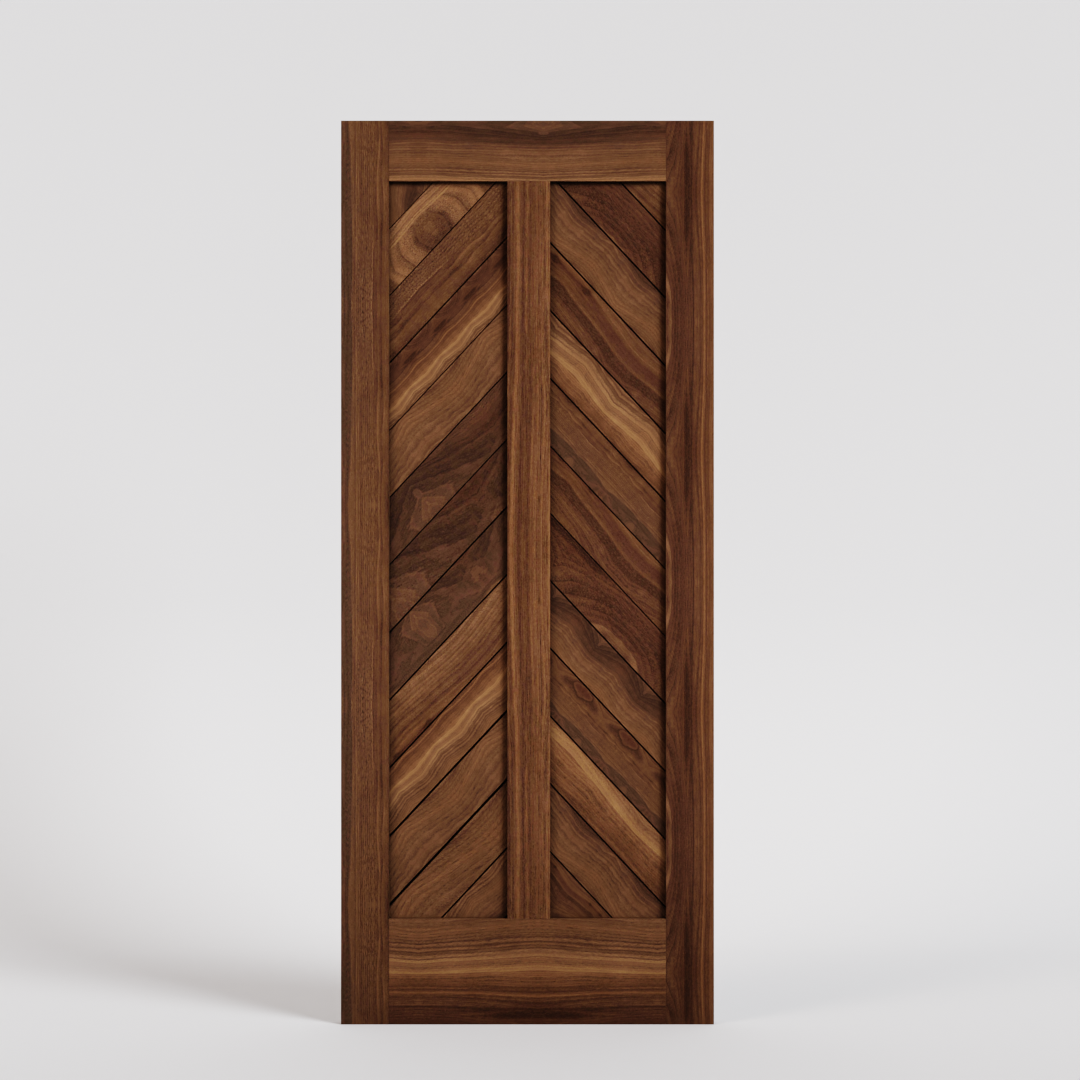
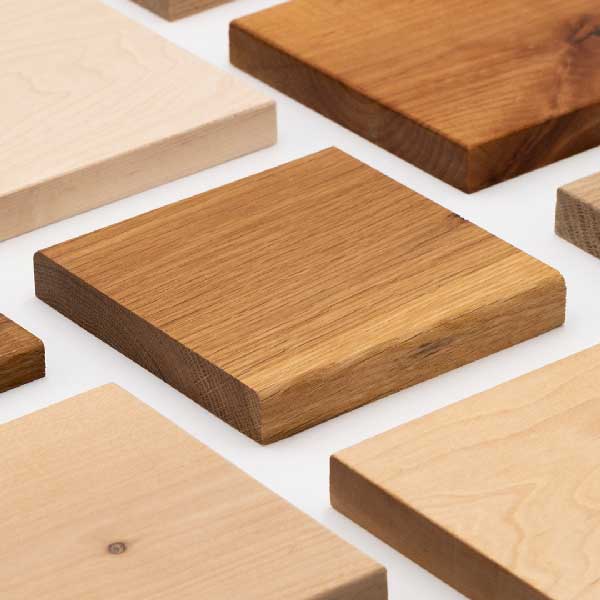

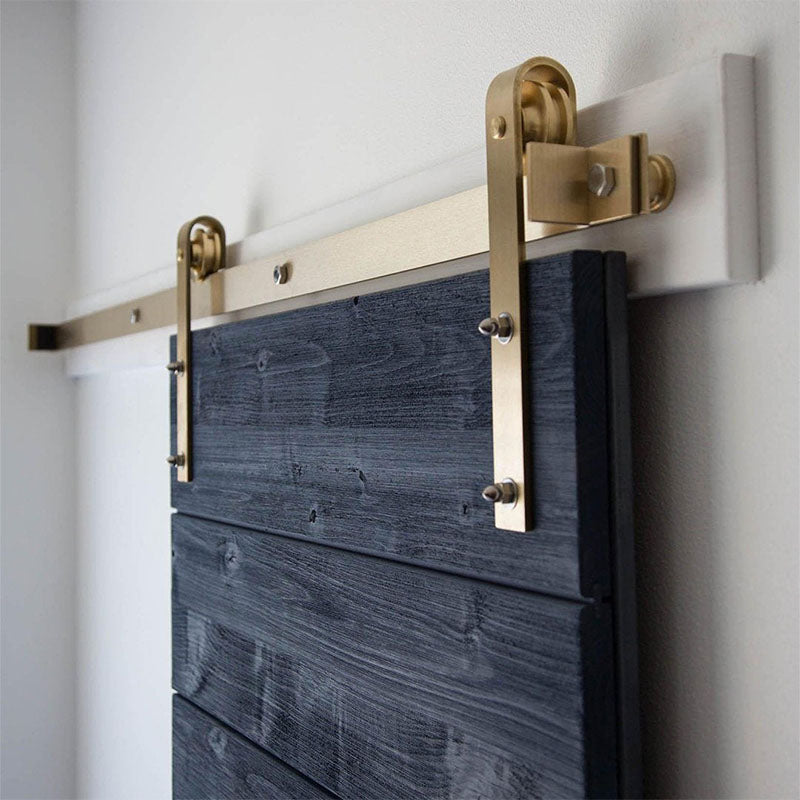
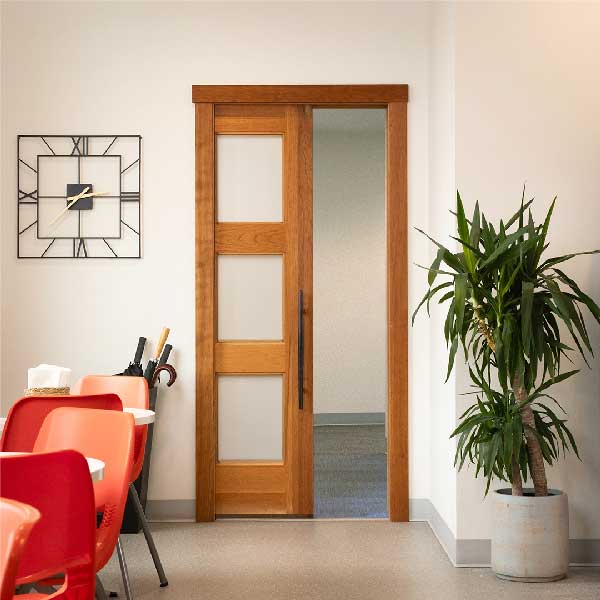
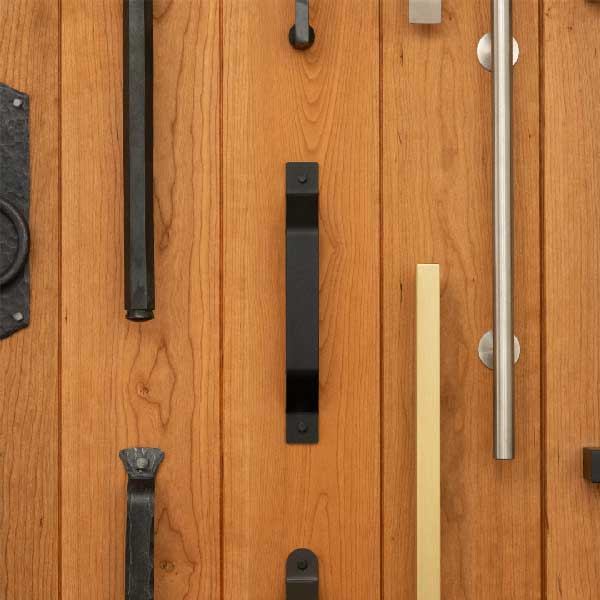

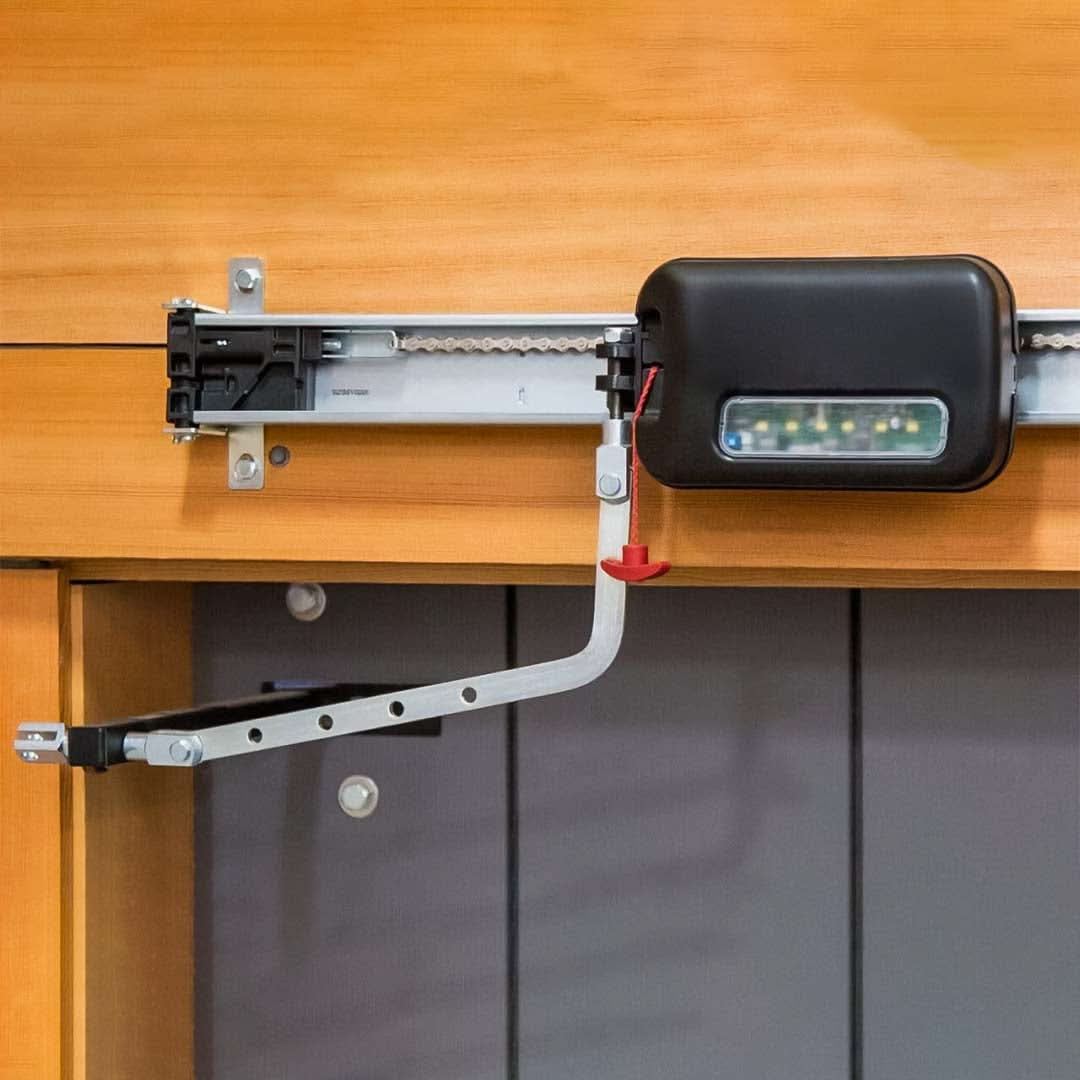


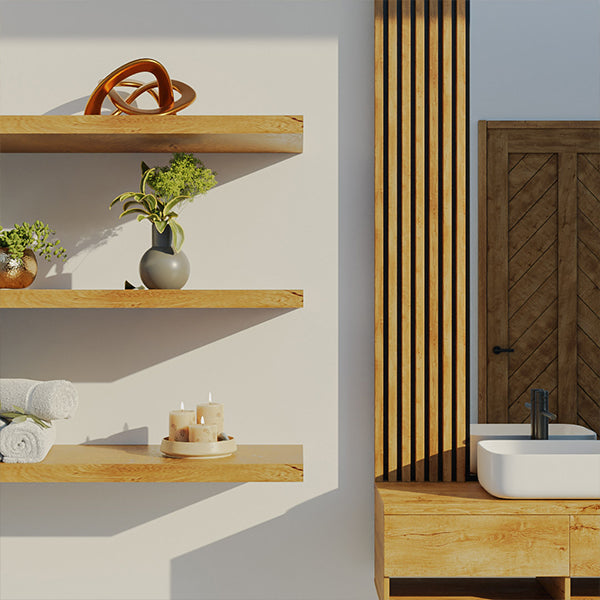


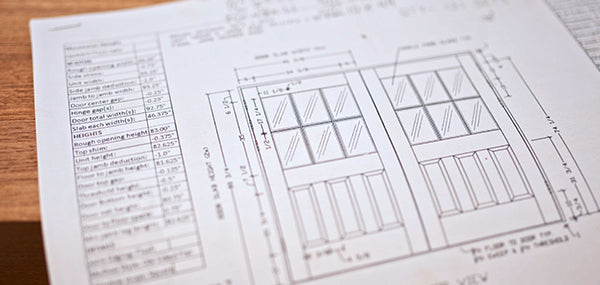
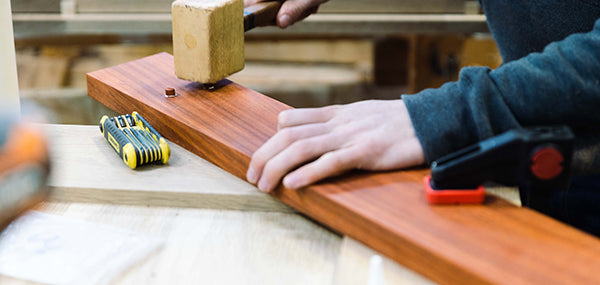

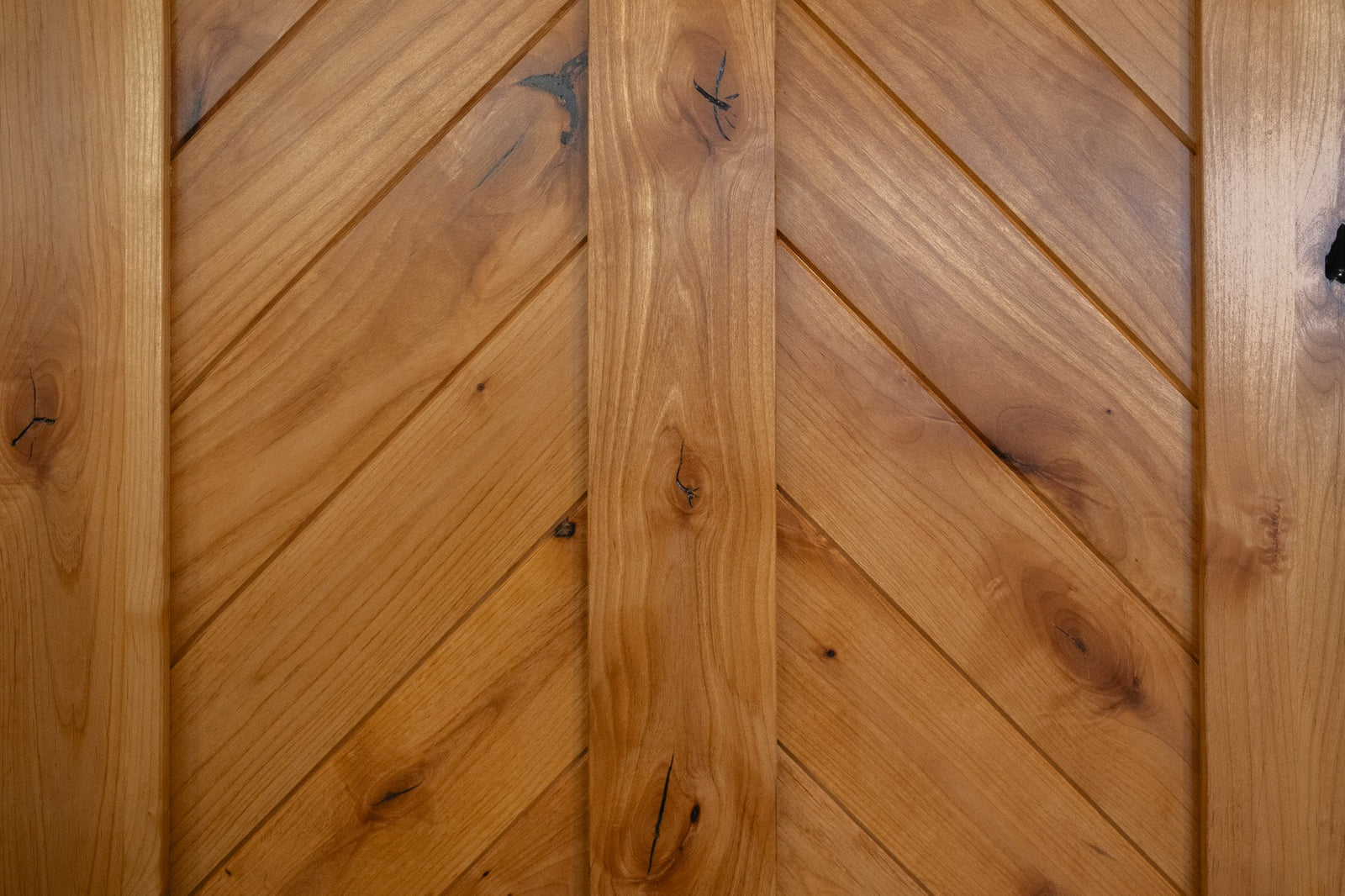
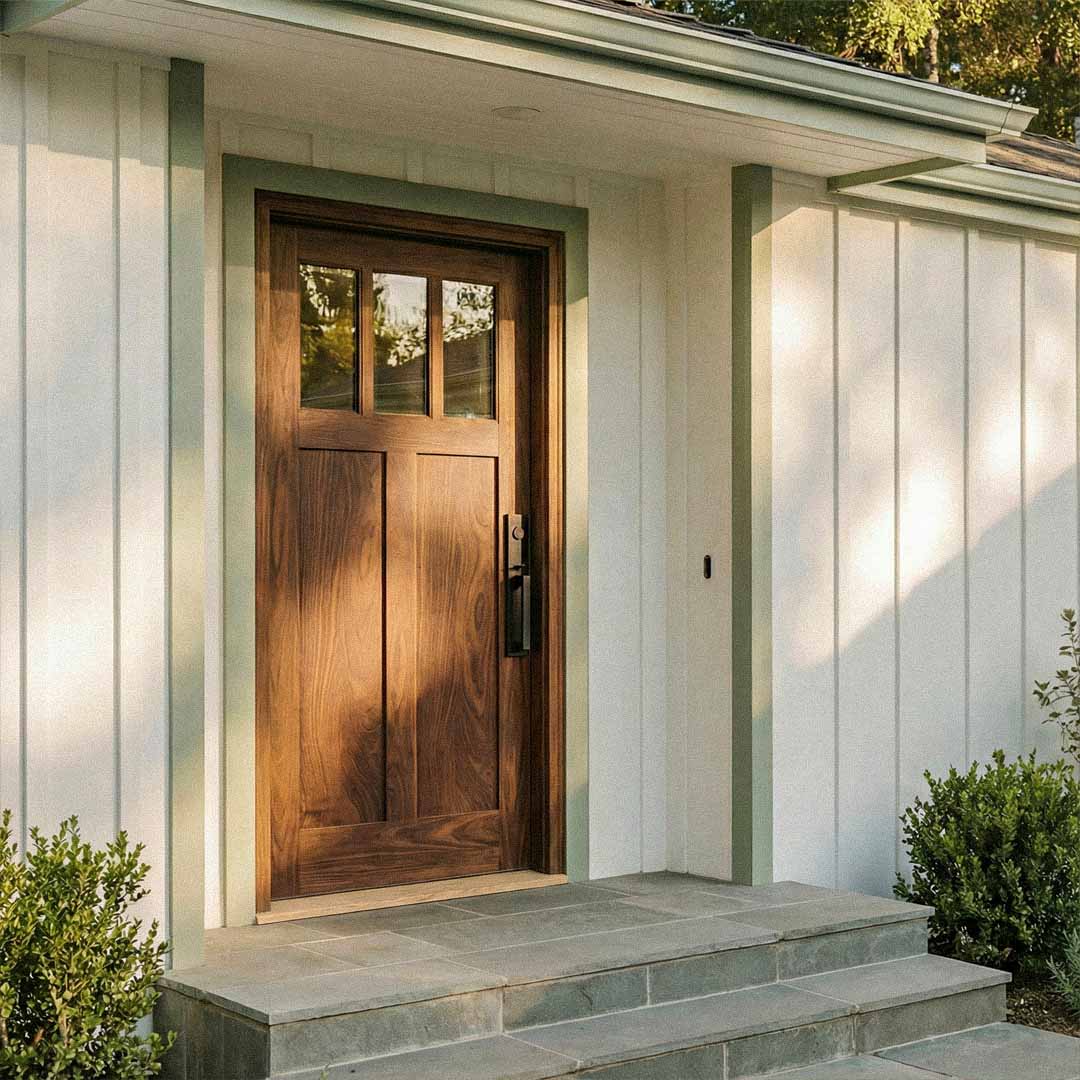
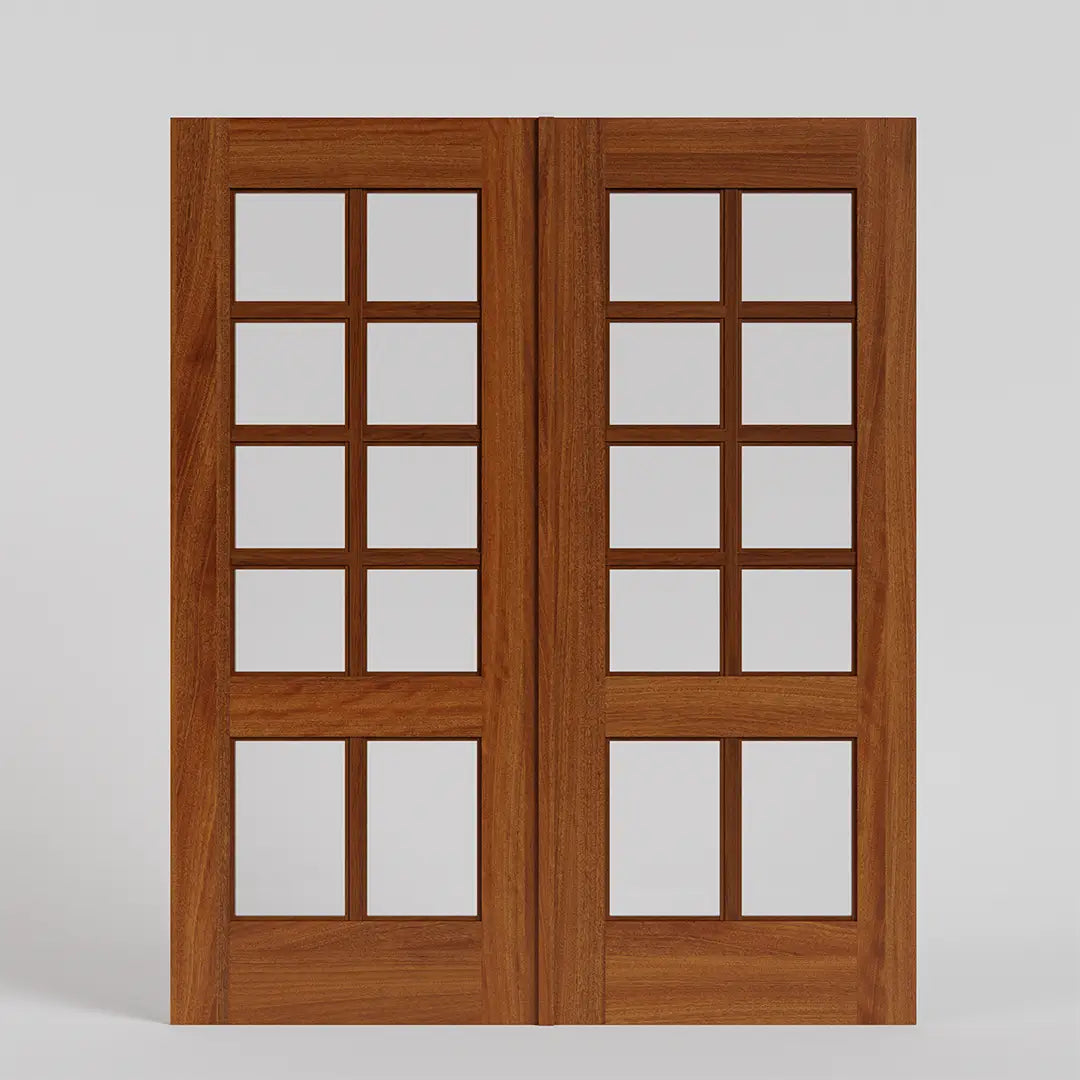
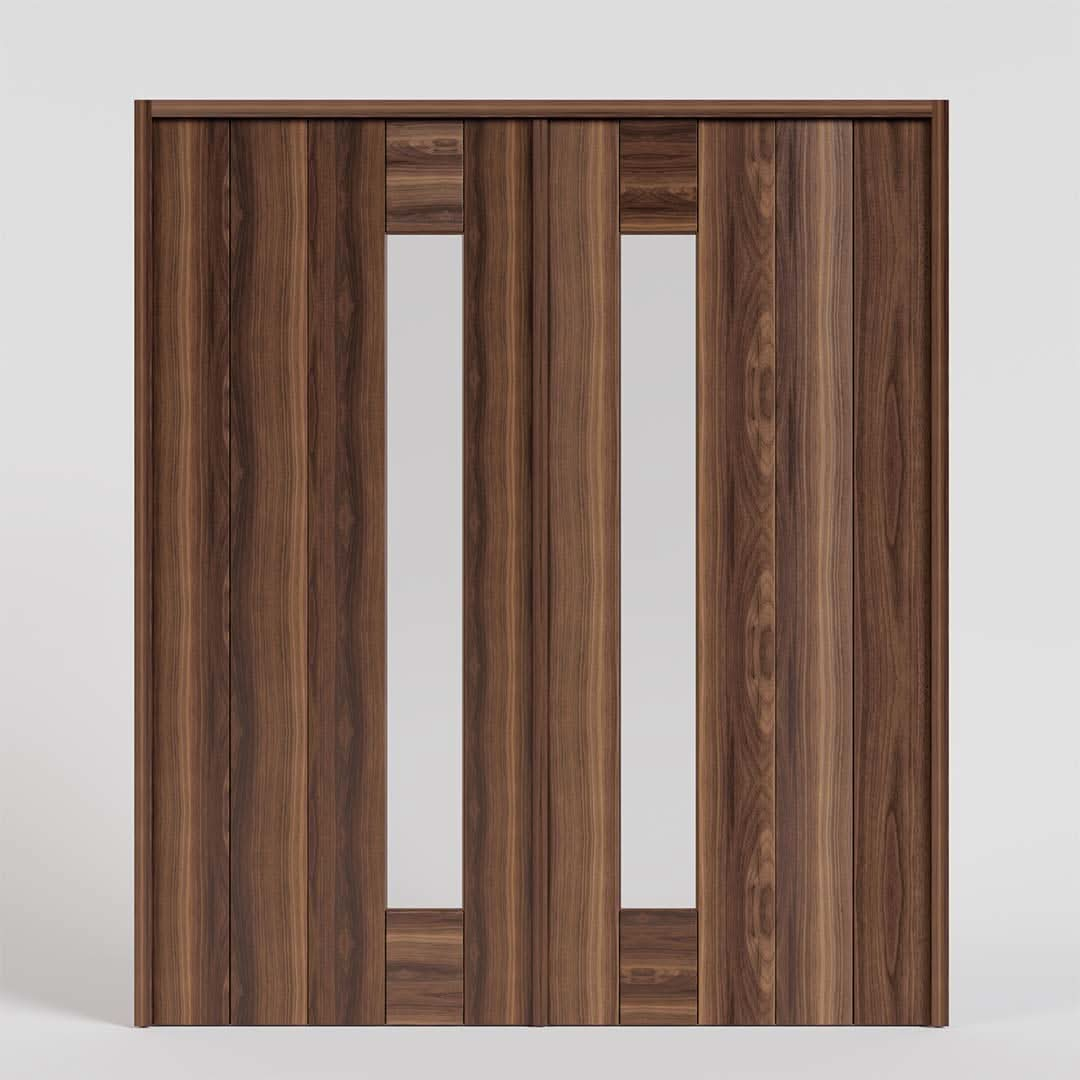
Leave a comment (all fields required)